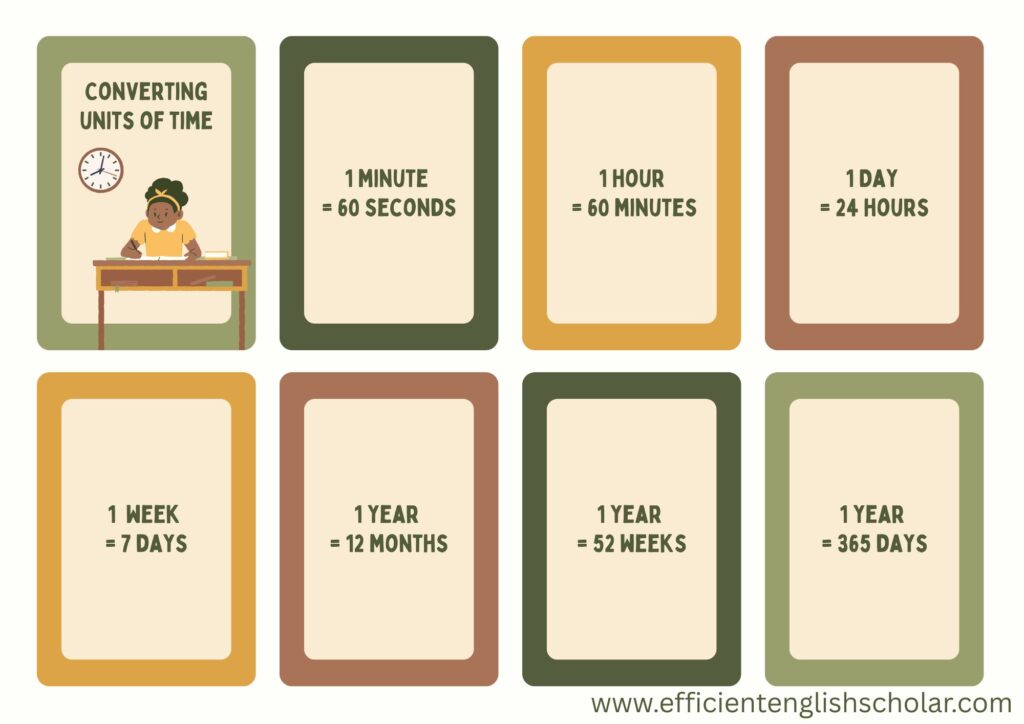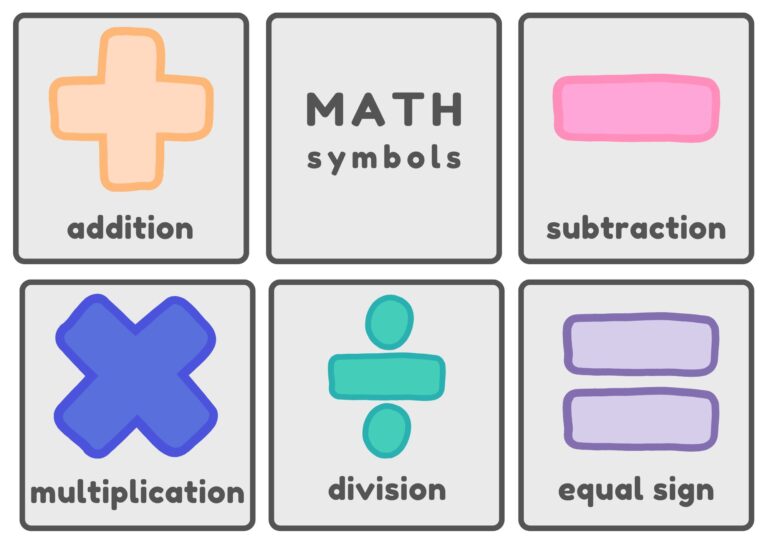Units Of Time with their Meanings
Knowing about units of time influences our daily lives, including work and social interactions. This article looks at the meanings of different units of time to help us appreciate how we measure time. In the end, it seeks to give a fresh view on time.
What is time?
People often think of time as a straight line, but it’s actually more complicated. Time can be subjective and shaped by our feelings. Happy moments may feel longer, while boring times seem to fly by, showing how emotions can change our experience of time. This idea suggests that time isn’t just a way to measure things; it’s also a dimension we can explore, leading us to question our place in the universe.
What is a Unit of Time?
A unit of time is a quantity used to measure the duration or passage of time. It provides a consistent way to express how long events last or when they occur.
Units of time in daily life and science
Time greatly affects our daily lives and how we understand the world. We measure time in seconds and hours, which influences our productivity and social interactions. However, our feelings about time can change; it may seem to speed up or slow down depending upon our mood.
In science, time is measured very precisely, uncovering complexities like Planck time that challenge our usual ideas about it. This encourages us to rethink how we use our time and to be more mindful in our daily activities and deeper thoughts.
By linking everyday life with scientific discoveries, we gain a better appreciation for the many aspects of time and its role in our existence.

Basic Units of Time
Second: The base unit of time in the SI system
Minute: 60 seconds
Hour: 60 minutes A Shorter Measure of Time
Day: 24 hours The Cycle of Sunlight and Darkness
Larger Units of Time
Week: 7 days (Organizing Days into Manageable Groups)
Fortnight: 14 days (2 weeks)
Month: 28–31 days (Lunar Influence on Our Calendar)
Year: 12 months / 365 days / 366 in a leap year (Measuring Time Across Generations)
Leap years: Adjusting for Calendar Accuracy
Decade: 10 years
Century: 100 years
Millennium: 1,000 years
Scientific Units of Time
Millisecond: 1/1,000 of a second
Microsecond: 1/1,000,000 of a second
Nanosecond: 1/1,000,000,000 of a second
Picosecond: One trillionth of a second
Femtosecond: Quadrillionth of a second
Historical and Cultural Time Units
Ancient units (e.g., sundials, lunar months)
Time systems in different cultures (e.g., Mayan calendar, Islamic calendar)
Fun and Informal Units of Time
Moment (historical unit or casual use)
Jiffy (used informally or in computing)
Epoch (used in computing or geology)
Why is measuring time important?
Measuring time helps us understand life and allows us to work together better. It improves communication in both work and personal relationships. Without a shared way to measure time, we would struggle to coordinate activities and celebrate important moments.
Tracking time also makes us aware of how quickly it passes. This awareness helps us focus on meaningful experiences instead of small distractions. Understanding that time is limited strengthens our connections to our passions. Therefore, measuring time becomes an important practice that enhances our daily lives.







